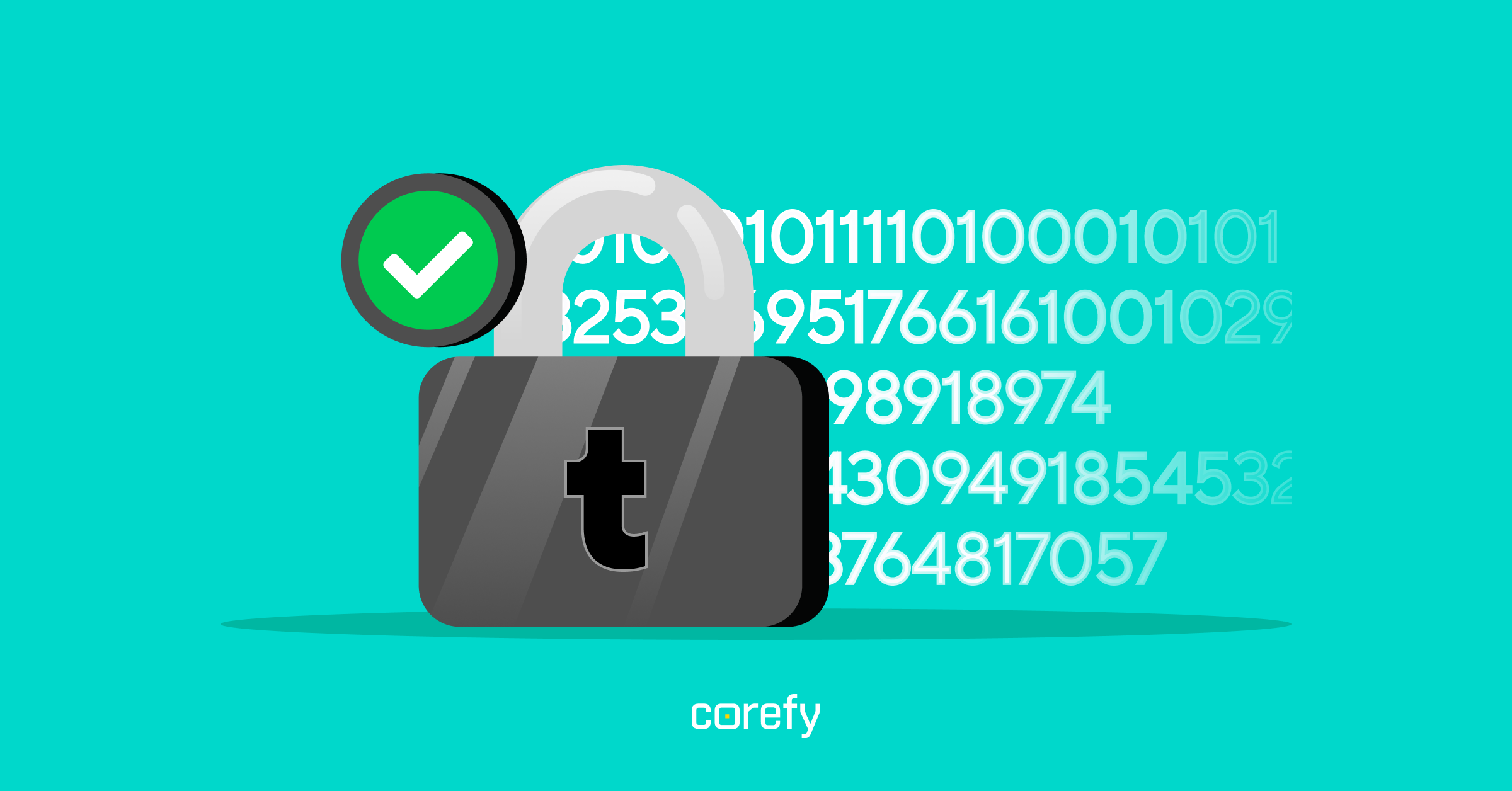How encryption, tokenisation and masking protect your sensitive data


Nowadays, data protection is a significant consideration for consumers when interacting with a business. A recent study shows that 74% of consumers are now more alarmed than ever about their privacy. Besides, 49% don't give companies credit for doing enough when it comes to data privacy and protection. Such concerns leave businesses no choice but to enhance their data security with the most advanced tools and measures.
This article will help everyone concerned to learn more about the most popular data protection methods: encryption, tokenisation, and masking.
Data encryption is one of the most commonly used methods for protecting sensitive data. It is the temporary data translation into a unique and unreadable code or ciphertext.
If someone steals encrypted data, they won't be able to read it unless they obtain a decryption key. Only this secret key can turn encrypted data into plaintext. The biggest flaw of encryption lies in this reversibility. Fraudsters can turn encrypted data back to its original form. That's why the strength of the encryption depends on the algorithm used to secure sensitive information. The more refined and advanced it is, the less solvable or breakable is the encryption. Still, as technologies develop and move forward, encryption moves towards becoming an obsolete data protection method. With powerful supercomputers, third parties may solve the encryption and access the valuable data in its original format.
Tokenisation is replacing sensitive data with a token, a unique digital identifier used in different types of transactions. This token can be later used to get access to the original data. Tokenisation enables merchants to securely pass their customers' data to a payment service provider.
Unlike encryption, a token is unsolvable and unreversible. It is just a placeholder with no inherent value. Sensitive information is stored separately in a different location, and you can access it only by using your tokenisation solution to exchange the token for the original structured data. It allows you to secure the information and avoid storing sensitive data within your internal systems. At the same time, you must ensure that the external data vault you use is undoubtedly secure and protected.
We've previously examined tokenisation's types, advantages, and drawbacks, so take a look at this article if you want to know more about how it can be used to protect your business.
Masking is the simplest method, replacing the original data with other values: null, constant, or synonymical to real structured data.
The latter case allows for saving the analytical value of the original data without exposing and risking it. For instance, a real name can be replaced with a random one. Masking can be permanent and unretrievable (SDM, static data masking) and reversible (DDM, dynamic data masking), meaning that the authorised user can access the original data. In contrast, unauthorised users will see it masked.
Masking is particularly useful for testing or quality assurance requirements, as it prevents sensitive data disclosure while preserving its analytical value. It also helps with secure data display, e.g. showing only the last four digits of a credit card number. However, it cannot be used as a single or primary data security method because of the high risk of a database breach.
As a payment orchestration platform, we take data security extremely seriously. In addition to encryption, data masking and tokenisation, we ensure secure data storage, perform rigorous security checks, screenings, and independent assessments, and comply with all the industry's data security regulations. We have a PCI DSS Level 1 Compliance certificate, the industry's highest level of certification, and ISO/IEC 27001:2013 for Applications, Systems, People, Technology, and Processes. Corefy also complies with PSD2, GDPR, and ISO 9001 requirements. We understand that you entrust your data to us, and we do everything possible to keep it secure and continuously look for opportunities to improve.
For more information about how we protect sensitive information and ensure the security of our system, visit the Security & Compliance page on our website or get in touch with us through a contact form.
We're always ready to answer your questions.
Subscribe to our newsletter
We'll be sharing useful tips and guides to help you optimise your payment and payout processes.
Thank you for subscribing!